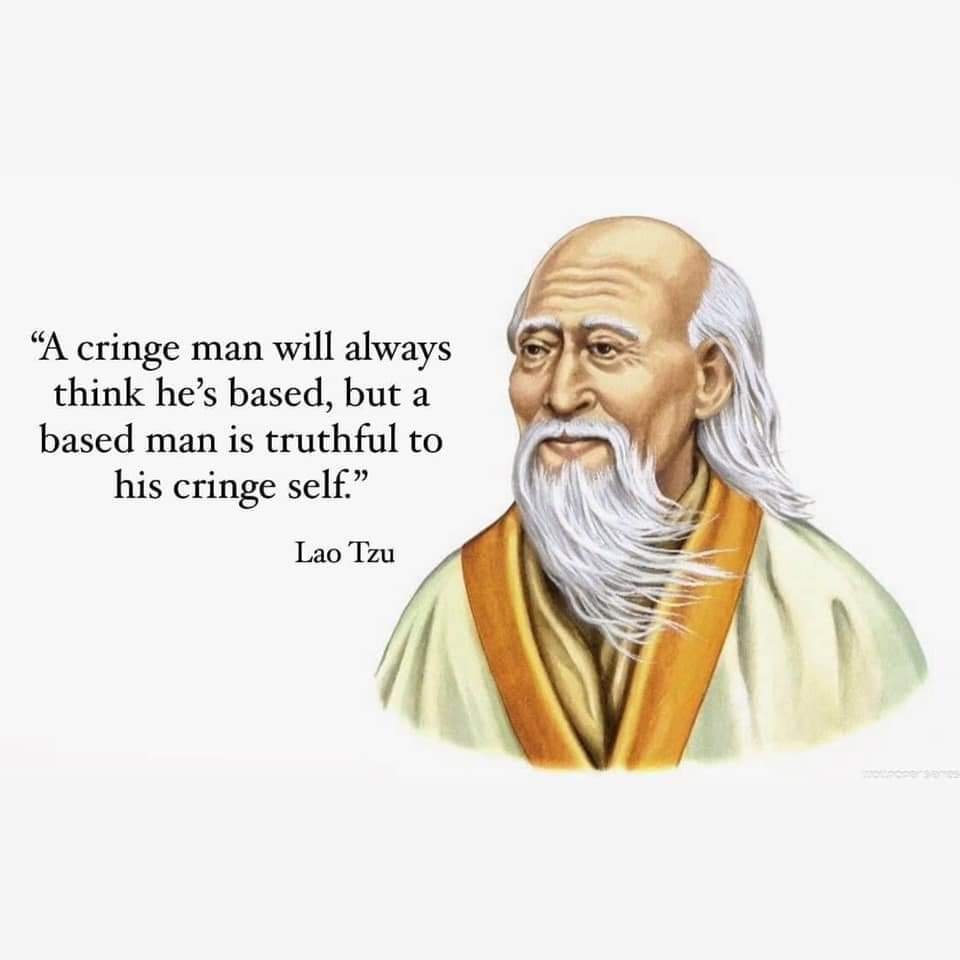-
 @ RobBrinded
2024-12-27 16:03:31
@ RobBrinded
2024-12-27 16:03:31Have you ever felt like you’re running as fast as you can in life, only to find yourself in the same spot? Trying to achieve goals, optimise yourself only to feel unfulfilled & lacking. That’s the hamster wheel—an exhausting, repetitive cycle that holds us captive in patterns we didn’t consciously choose. These aren’t just bad habits; they’re deep-rooted default programs born from early life experiences. Let’s explore what these hamster wheels are, how they shape us, and most importantly, how we can step off them for good.
What Are Hamster Wheels? \ \ The term #hamsterwheels ( hamstr) is a metaphor for the unconscious patterns that keep us stuck. I discovered these wheels through my own introspection & seeing these patterns in my clients. Imagine a wheel turning endlessly, powered by our own efforts but leading nowhere. These programs are often formed in childhood, when trauma, disconnection, or unmet needs force us to develop defense mechanisms to survive. They worked back then, but now they just keep us spinning.
\ The Mechanics of a Hamster Wheel \ \ Every hamster wheel has two opposing forces—gain and loss, right and wrong, attention and neglect, let down & support & unable & able. We strive to stay on the “good” side: gaining approval, being right, or receiving attention. But inevitably, the wheel flips, and we find ourselves losing, being wrong, or feeling ignored. It’s a cruel cycle of frustration that feels impossible to escape. You will be positioned on the left side or right side when you look at the wheel. One is yin dominant, non doing, unable, more of a victim. One is Yang, always doing, high achiever, seen as a winner. \ \ Left side is safe in the unableness so will self sacrifice when they are to feel able to& start to achieve. So as they climb up the wheel to the right, they will lose interest or confidence in what they are doing, either sliding back exhausted in their endeavour or flipping over into victimhood. They long to be confident & win at life but deep down feel they cannot. \ \ Right sided dwellers have to be right, are constantly striving & hate (kryptonite) feeling unable. When they feel unable they will become enraged. They are compelled to gain valuableness in their own eyes and those of others. They are usually very difficult to work with as working with a therapist makes them feel unable. They will eventually put so much energy running up the right side that they will be flung backwards into usableness often times falling into deep depression (unableness) or even attracting illness. They always attract unableness & the left sided experiences to balance themselves out. The wheel always balances itself out. This is the way of the hamster wheel.

\ \ Here’s the kicker: these wheels are powered by our deepest fears and insecurities. They keep us stuck not because we’re lazy or unmotivated, but because they’ve become our default way of operating, they are our automated defence systems.
\ Common Hamster Wheels \ \ There are five key hamster wheels that we all grapple with:
- Gain/Loss: The endless chase for more—more success, more love, more recognition—followed by the crushing fear of losing it all.
- Right/Wrong: The compulsion to always be right, which leads to the paralyzing fear of being wrong.
- Attention/Neglect: Oscillating between craving attention and fearing rejection or neglect.
- Able/Unable: Striving to prove we’re capable, only to feel crushed by moments of doubt or failure.
- Support/Let Down: Giving endlessly to others for validation, but feeling betrayed or let down when it’s not reciprocated. If you watch your thoughts closely you will see these programs or songs at the root of all your thoughts.
How Hamster Wheels Impact Your Life \ \ These patterns influence every aspect of our lives: our relationships, careers, and even our self-worth. They dictate how we act, how we think, and even how we feel. For example:
- The drive to gain approval often results in feeling unworthy.
- A relentless pursuit of success can spiral into burnout and self-criticism.
- Efforts to avoid neglect might lead to overcompensating and losing yourself in the process. And the hardest part? These wheels feel like home. They’re familiar, and stepping off them can feel terrifying. They quite literally create your reality.
\ Breaking the Cycle The good news? You can break free. It’s not easy, but it’s possible. Here’s how:
- Observe Without Judgment: Start by noticing your patterns. This is real #meditation What thoughts or actions are you repeating? Don’t judge yourself—just observe. Awareness is the first step to freedom.
- Understand the Roots: These wheels didn’t come from nowhere. They’re the result of unmet needs or childhood traumas. By understanding their origins, you can begin to dismantle their power.
- Reject External Solutions: No guru, book, or quick fix can save you. True freedom comes from within. The moment you stop looking for external validation, the wheel starts to lose its grip. You must take full responsibility for everything in your life. Only you can do this proof of work.
\ Final Thoughts Hamster wheels aren’t your fault, but they are your responsibility. They’ve been running your life long enough. Isn’t it time to take back control? Imagine stepping off the wheel, feeling the ground beneath your feet for the first time. That’s where real freedom begins. So, what hamster wheel are you on? Are you ready to step off and embrace a life of clarity, peace, and purpose? The journey starts here, with a single step: observation. Everything else flows from there.
